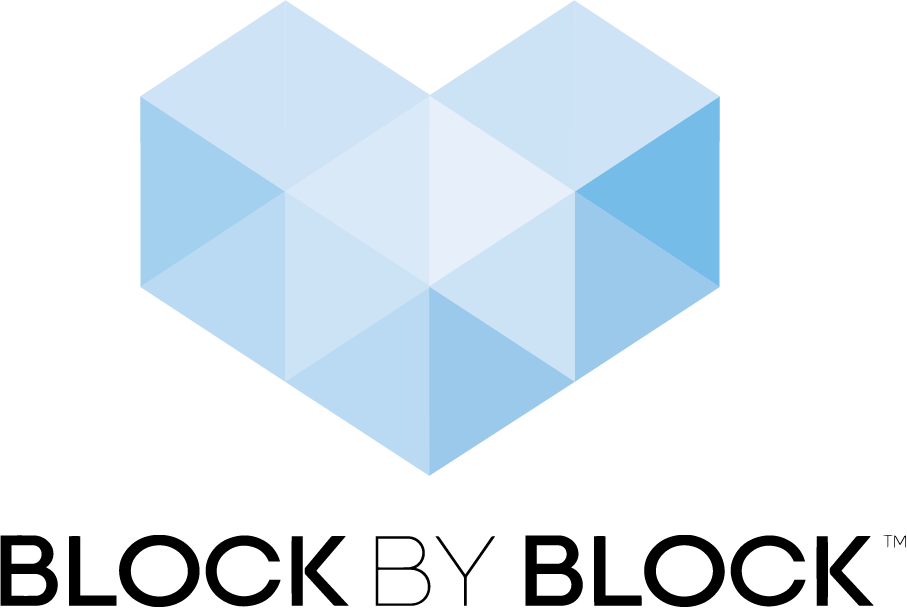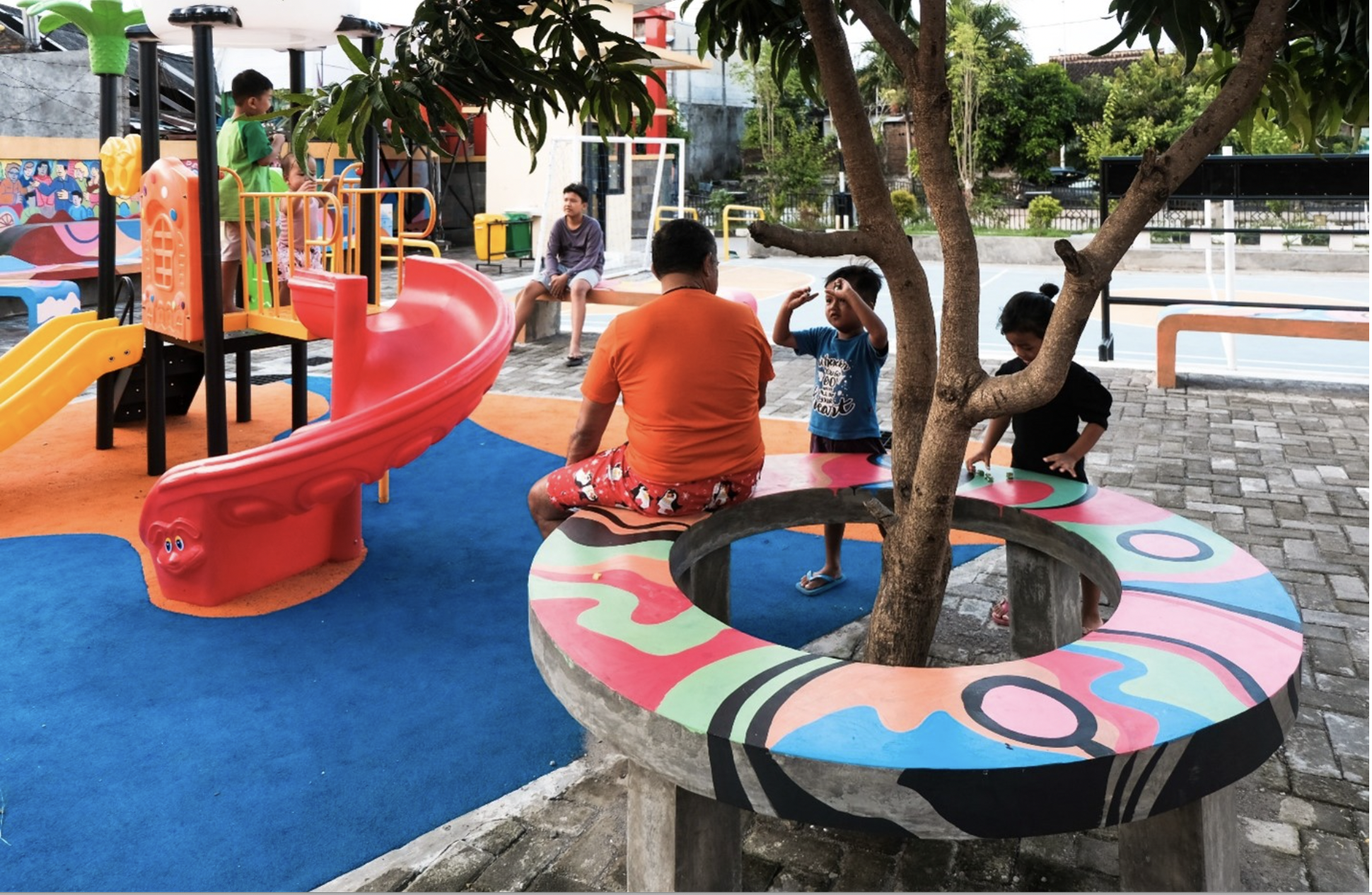Building Community Access in Solo, Indonesia
Building Community Access in Solo, Indonesia
Block by Block partnered with UN-Habitat and the City of Surakarta, Indonesia to redevelop an overlooked riverbank into a vibrant park accessible to all.
Building Community Access in Solo, Indonesia
Solo, Indonesia
Project types: Riverbank
Collaborators: UN-Habitat, Surakarta City Government, Kota Kita, Urban+ Institute, Ayo ke Taman
Region: Asia and Pacific
Tags: accessibility, children and youth, climate change and environmental sustainability, competition and crowdsourcing, cultural heritage, micro-interventions, multigenerational use, public health, public space assessment, sports and recreation
Background
Surakarta, the ancient royal capital of Indonesia, is a teeming modern metropolis that still embraces the natural rivers and streams that crisscross the city. For the people of the Rusunawa Mangkubumen area of Solo, the Pepe river is both a busy link to the greater city and a respite from its hustle and bustle. But the riverbank has been overgrown and underused for decades. With the opening of a nearby public housing development, residents sought to change that. Using the Block by Block Methodology, UN-Habitat worked with Surakarta City Government, Kota Kita, Urban+ Institute, and Ayo ke Taman to create an inclusive, accessible, vibrant public space for residents of all ages to enjoy.
Building Community Access, Block by Block
Community input is vital to any public space revitalization. Fortunately, the Block by Block Methodology is easy to understand and participatory by nature, so the community could be engaged early and often. With accessibility as its north star, the team spent six months collaborating, interviewing, understanding the needs and desires of the Rusunawa Mangkubumen neighbors. More than 60 offered their unique insights and participated in a variety of ideation and design sessions. Much of the work centered around the challenges in enjoying public spaces faced by people with mobility issues, the elderly, pregnant women, small children and others. Using Minecraft to help the community visualize these challenges and create solutions together proved to be a powerful tool in building neighborhood harmony.
“Based on the experience in designing and creating this park in Mangkubumen, it’s evident that collaboration serves as the backbone for replicating similar spaces throughout the city. We look forward to the active participation of the community and other institutions going forward.”
“At that time, in the meeting room, I was happy to be involved in the design process (of the space) using Minecraft. But now, I’m even happier because it went from just a game to becoming a real-world park. I can now play soccer more freely with my friends in the park, without distractions like motorcycles passing by.”
Progress
Taman Rukun Mangkubumen, or Mangkubumen Harmony Park, has become a focal point for the hundreds of residents living along this section of the Pepe river. Because the park was built with accessibility top of mind—incorporating handrails, ramps, guiding blocks, and more—neighbors of all ages can enjoy the space. With an eye on sustainability, material reuse in construction was implemented, and a rainwater harvesting system was installed which will help preserve and grow the existing greenery. The new Harmony Park is dynamic, inclusive, accessible, and a source of pride for the Rusunawa Mangkubumen community.
“It’s a nice gathering spot, and now it’s so much better than before when it was rarely utilized. Usually, us elderly folks sit here, chat, and watch the kids play. The little ones have a great time, and parents can keep a close eye on them.”





